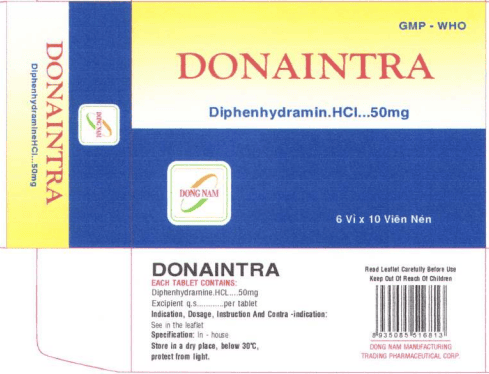This is an automatically translated article.
Walnuts are a nutritious nut that is used as a cereal or eaten immediately to help bring a lot of benefits to the body. We can enjoy many products such as candies, cakes... made from walnuts. However, there are some notable problems that are walnut allergies occurring in some subjects. How to know if you are allergic to walnuts?
1. Symptoms of a walnut allergy
The level of walnut allergy caused to the body can be very serious for our health. At a mild level, you will itch your mouth and tongue right after chewing walnut kernels. When the severity is more severe, it can be widespread and spread throughout the body, even there is a risk of death due to difficulty breathing. The severity of a walnut allergy will depend on how the walnut protein reacts with your body.
2. Some foods cause cross-reactivity
To limit a walnut allergy, you first need to know who is at high risk of having a reaction to this fruit.
Patients with birch pollen allergy have a high risk of allergy to walnuts In the group of patients with a history of birch pollen allergy, walnut allergy is considered to be a cross-reactivity, because between white flowers Poplars and walnuts have a similarity in the type of protein that causes irritation to the body. With this type of allergy, it usually appears at a mild level and is detected soon after use. They also may not react if the protein is destroyed.
Patients are allergic to nuts and seeds. Normally, allergenic proteins are quite stable to heat and difficult to be broken down by gastric juice. Therefore, if the patient is allergic to nuts, it will cause a serious, life-threatening reaction. If you have ever had an allergic reaction to nuts, always be careful when using walnuts.
According to research, up to 37% of patients with walnut allergy are also allergic to cashews and hazelnuts. However, you may still not be allergic afterwards if the structure of the nut changes. In addition, the occurrence of cross-reactivity is quite rare in practice.
Patients who are allergic to fruit groups such as peaches, pears, apples, apricots.... Patients who are allergic to peaches, pears, apples, plums.... mainly react to a protein that is difficult to decompose by heat (LTP). Approximately 50% of patients allergic to the LTP protein develop an allergy to walnuts. With its heat-stable property, LTP is resistant to gastric breakdown. When this reaction occurs you increase your risk of facing anaphylaxis.

Người bị dị ứng quả óc chó cần thận trọng khi sử dụng với một số loại thực phẩm
3. The subjects who ate walnuts were allergic and the frequency of symptoms
Nuts, especially walnuts are often very easy to lead to food allergies. However, the database on walnut allergy status is very scarce. In the US and UK, the prevalence of nut allergy ranges from 0.2 to 0.5% in all age groups.
It is thought that walnut allergy can be detected early in childhood for easy prevention. However, this problem can improve or stay the same after many years, still need more detailed analysis to get the most accurate answer.
4. Diagnosing a Walnut Allergy
How is an allergy to walnuts diagnosed? Most food allergens are tested through the skin. Others can be analyzed in a blood sample by observing the blood's reaction to the nut extract. Blood samples are often very sensitive, so they are used as a common analytical method.
5. Note to limit walnut allergy
Contrary to some nuts such as hazelnuts, peanuts... walnuts are not commonly sold, because they are considered a high-class food group. Therefore, if you find yourself allergic to walnuts, be careful when eating other nuts to be safe.
Above are some sharing to help avoid walnut allergy. You can consult more nutritional advice from experts to support foods that are safe for the body.
Please dial HOTLINE for more information or register for an appointment HERE. Download MyVinmec app to make appointments faster and to manage your bookings easily.
Reference source: research.bmh.manchester.ac.uk












